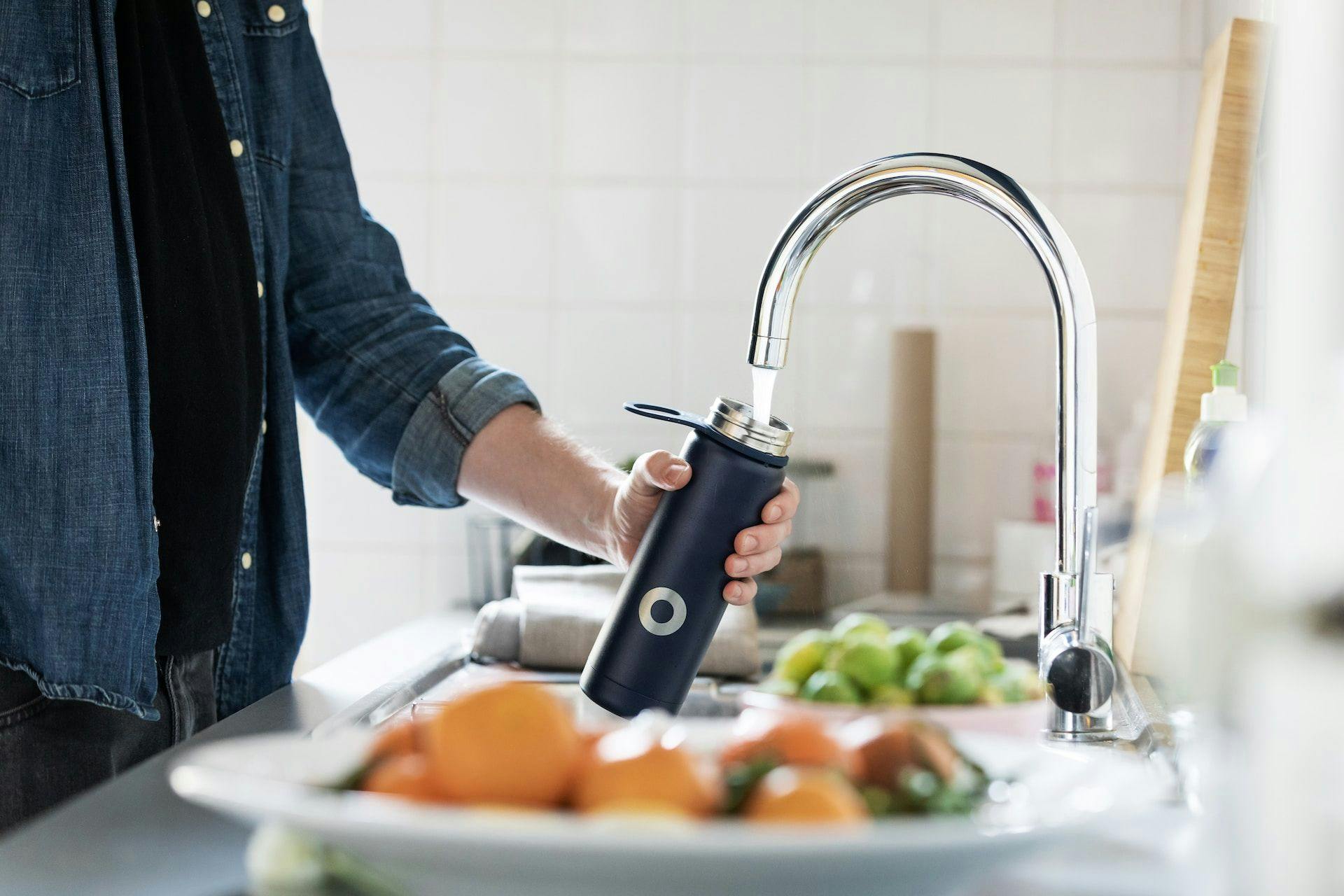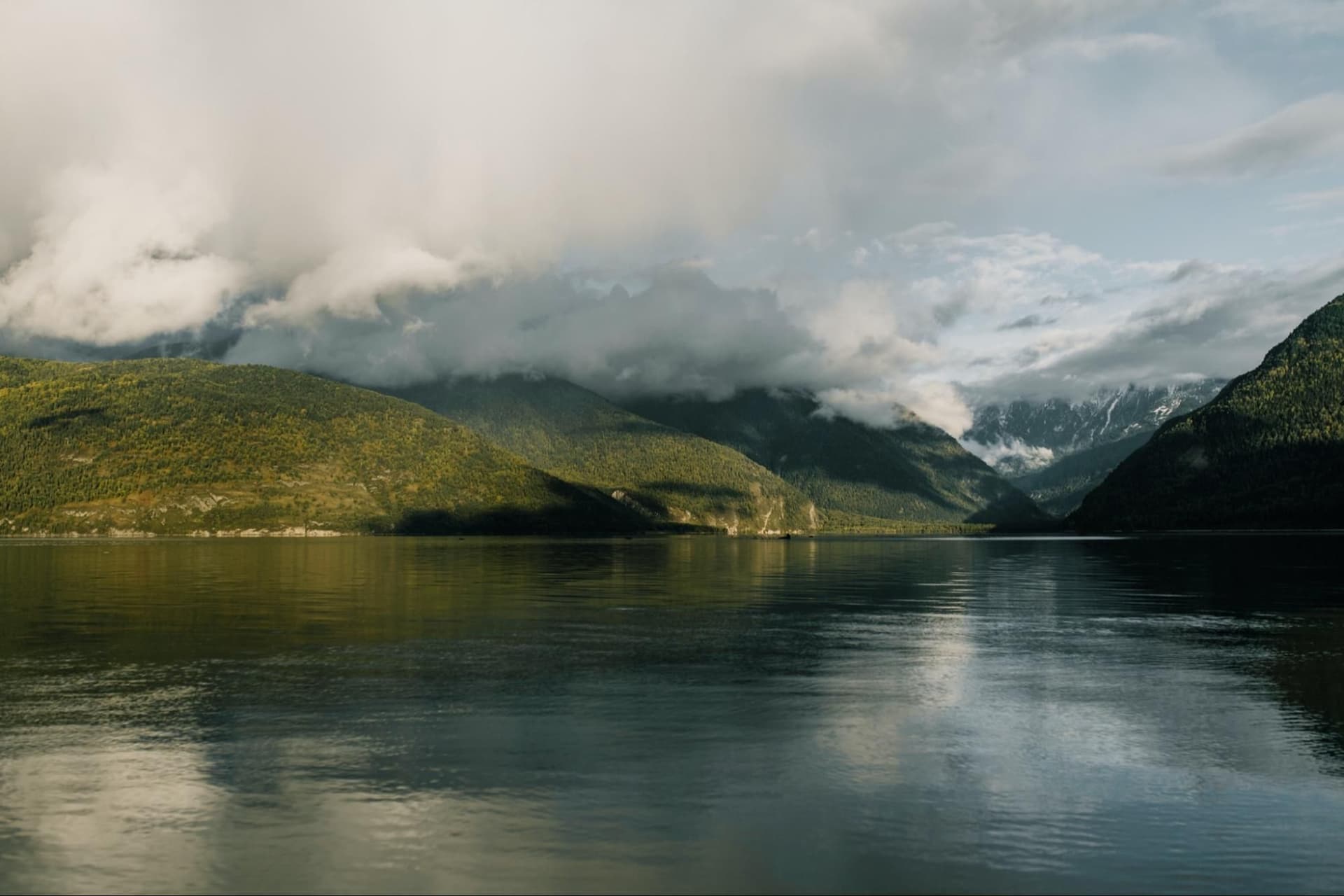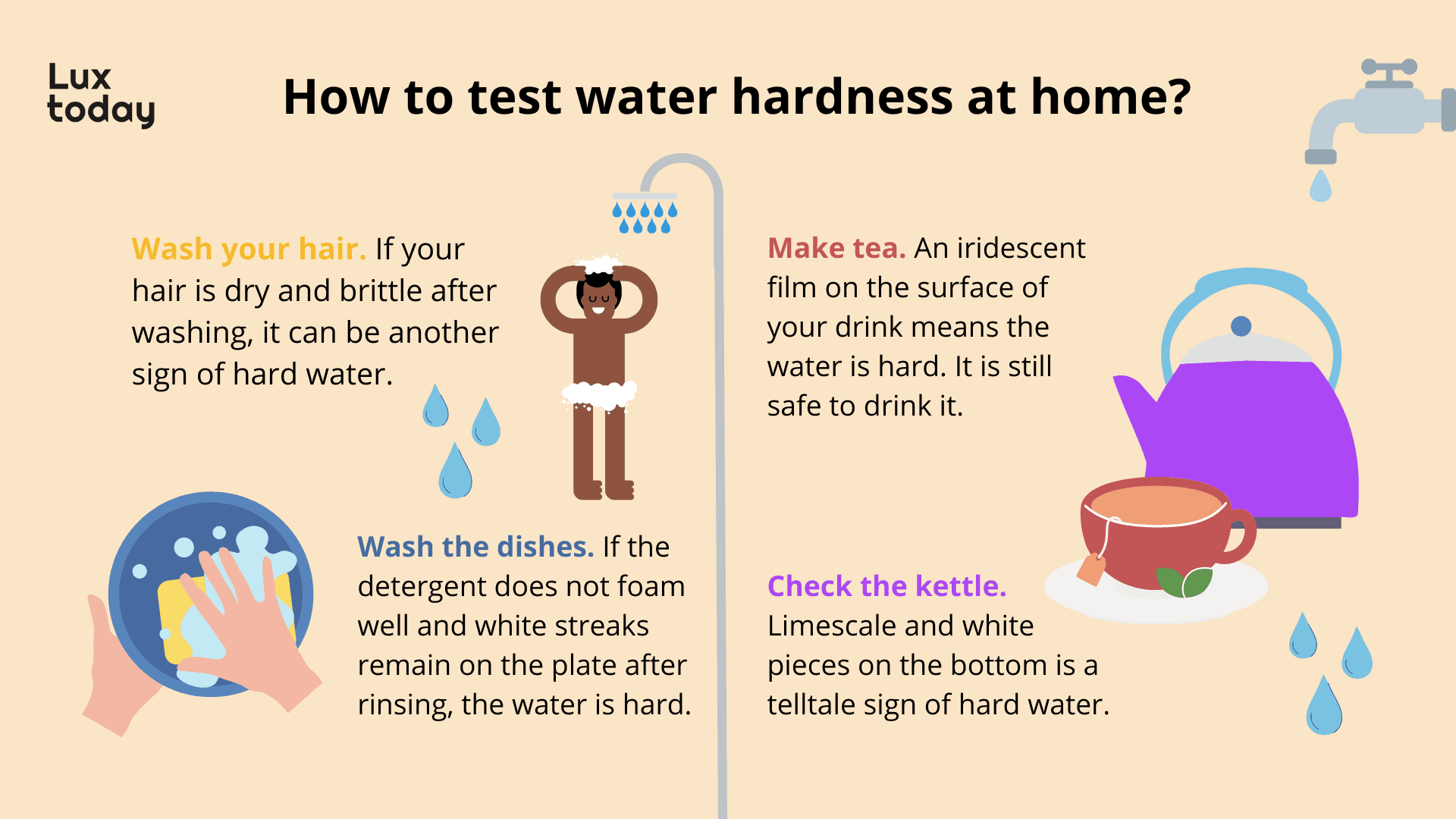
Is it safe to drink tap water in Luxembourg
Find out how the quality is controlled and what the purification process is, what to do with hard water and chlorine taste, and explore solutions to improve the quality and taste of water at home.
Tap water is the most controlled resource in Luxembourg, so it is completely safe and allowed to drink it here. The municipalities and trade unions monitor the quality of the water closely: each year they carry out more than 6,500 tests on tap water. So you can drink water directly from the tap without additional filtration, boiling or sedimentation.
Drinking water is healthy, among other things, because it saturates the body with the necessary elements. For example, a liter of water will give you 15-20% of your daily calcium norm.
If the water quality falls below an acceptable standard, the public is informed immediately. Data on tap water quality is publicly available, information for your municipality can be found on the special monitoring website.
How tap water quality is controlled in Luxembourg
Since its founding, Luxembourg has provided residents with access to healthy drinking water. Consumption of Luxembourg's local drinking water has doubled in the last 15 years, and it is clear why: more than 99% of water tests consistently meet health standards.
Potable water must be safe to drink and must not exceed the maximum allowable levels of certain elements and substances. There are many factors affecting these qualities.
Normally, quality tap water in Luxembourg should be colorless, clear, tasteless, and odorless.
Where water comes from and how is it purified
Good water starts with its source. The capital has its own sources of groundwater, which are located in Kopstal, Septfontaines, Birelergrund, Muhlenbach, Pulvermühl and Grünewald. All surface water is taken from the dam of Upper Sûre Lake.
- Two-thirds of the water that is supplied to the apartments and homes of Luxembourg citizens is groundwater.
- The last third is sourced from treated surface water.

Water from the Upper Sûre Lake dam undergoes a five-step treatment process that includes ozonation, flocculation, sand filtration, deacidification, and disinfection.
🧪 Ozone
🧫 Flocculation
⏳ Sand filtration
⚗️ Deacidification
😷 Disinfection
Groundwater is filtered naturally as it passes through rocks. When pumping, groundwater does not come into contact with surface water, which contains germs and microorganisms, and Luxembourg uses an ultrafiltration system for additional groundwater treatment. So it is completely safe to drink.
State control of the safety of potable water
The quality and distribution of drinking water in Luxembourg is the responsibility of the municipalities. Therefore it is forbidden by law in Luxembourg to privatize drinking water.
The Water Resources Administration (Administration de la Gestion de l'Eau, AGE) manages and protects Luxembourg's water. AGE is careful to ensure that tap water meets strict quality standards.
Luxembourg applies a three-point strategy to provide clean water to the population:
Protection of existing resources
Conservation of water resources
Development of new resources
Water Administration also monitors the supply of quality drinking water — conducts a total of over 2,000 tests per year, protects river, surface and groundwater ecosystems, and coordinates wastewater and rainwater treatment.
The Ministry of Health oversees water quality testing. They conduct monthly analyses with a total of 26 parameters; full testing, which is conducted 2 to 3 times a year, with a total of 106 parameters, including 49 different pesticides; and spring and tank self-monitoring conducted regularly and includes two sets of full tests per year, chemical analysis of samples and weekly tests.
Neighboring countries have no less stringent standards for tap water quality. So you can also drink tap water in France, Germany and Belgium.
What problems there may be with tap water in Luxembourg
Even though tap water is controlled pretty strictly, sometimes there can be a few problems. The taste, smell, and other qualities of water depend a lot on the work of the supply system. In case something is wrong, contact the municipality.
Hard water
Total hardness is the saturation of water with magnesium, limestone, iron, and calcium. A higher concentration of minerals means harder water, while a lower concentration makes the water softer.

Hard water hurts almost all household appliances: teapots and coffee machines, washing machines and dishwashers, faucets, and even vacuum cleaners. To solve the problem for your entire household, install a water softener. It's built into your water supply and removes lime from all of your water sources.
- The best way to deal with plaque from hard water locally is citric acid. For example, to clean the kettle boil water with two spoons of citric acid in it, let it cool, drain and boil the kettle again.
- To protect against scale in your washing machine — pour 150 grams of citric acid into the compartment for laundry detergent and run a wash cycle without clothes once every two or three months.
Chlorine taste and smell in tap water
During water treatment, a tiny dose of chlorine, a quarter of a milligram per liter, is added to the water. Chlorine disinfects and preserves the drinking water quality and the citizens’ health.
In Luxembourg's water, the concentration of chlorine is safe even for newborns.
If you don't like the taste of tap water, let it stand in an open pitcher for about eight hours. Add mint, ginger, or lemon juice to the water to further change its taste.
If you are worried that your water contains too much chlorine, you can easily check it. Laboratoire Luxembourgeois de Contrôle Sanitaire conducts microbiological and chemical analyses, including water analysis. The laboratory is open Monday to Friday 8 a.m. to 5 p.m.
Luxembourg Sanitary Control Laboratory
Address: 27, Rue Henri Koch, 4354 Esch-sur-Alzette, Luxembourg
Phone: (+352) 288 376 300
Website: llucs.lu
Brown or red tap water in Luxembourg
If your water has a red or brown tint, it only means that it contains iron and manganese. Small amounts of these elements are found in any water and can settle inside your water pipes.
It’s better not to drink water with a brown tinge: it is not tasty — this water has a pungent taste of iron. In addition, you can get an upset stomach. Water can turn brown if:
- repair work is being done on the water main or water distribution station;
- the water main has not been used for a long time and the water has not flowed through the pipes;
- old pipes have been corroded.
If you turn on the water for the first time after a long break, let the water drain until it reaches a constant temperature. In case the water remains tinted, contact your municipality.
Why tap water can be milky and what to do
The presence of suspended particles or dissolved substances can cause water to appear milky or cloudy. Even if your water is not completely transparent, it is still safe to drink it most of the time: just let the water rest for a few moments in a glass or carafe to restore its normal clarity.
During the night water stagnates in the pipes and can be not of the same quality or color. Before drinking tap water in the morning, let it drain for 10-15 seconds.
How to help the quality and taste of water at home
A water softener removes excess minerals from the water through ion exchange and replaces them with sodium ions. It is built into your water supply along with a supply tank that you need to refill with a special type of salt once a month.
If you have hard water in your home, you'll need a water softener to prevent the breakage of appliances and plumbing.
If you're not sure whether your water pipes are new, it's worth putting in a more sophisticated water purifier — a reverse osmosis system. It blocks viruses, but it also removes beneficial minerals from the water. To get the minerals back into the water, you will need a mineralizer.
Frequently Asked Questions (FAQ)
Is it safe to drink tap water in Luxembourg
Why does tap water smell like chlorine
What are the dangers of old plumbing
Source: eau.gouvernement.lu, infocrise.public.lu, www.hydrogroup.biz, www.lenntech.com
We took photos from these sources: Bluewater Sweden for Unsplash, Julia Volk for Pexels, Illustration by Luxtoday